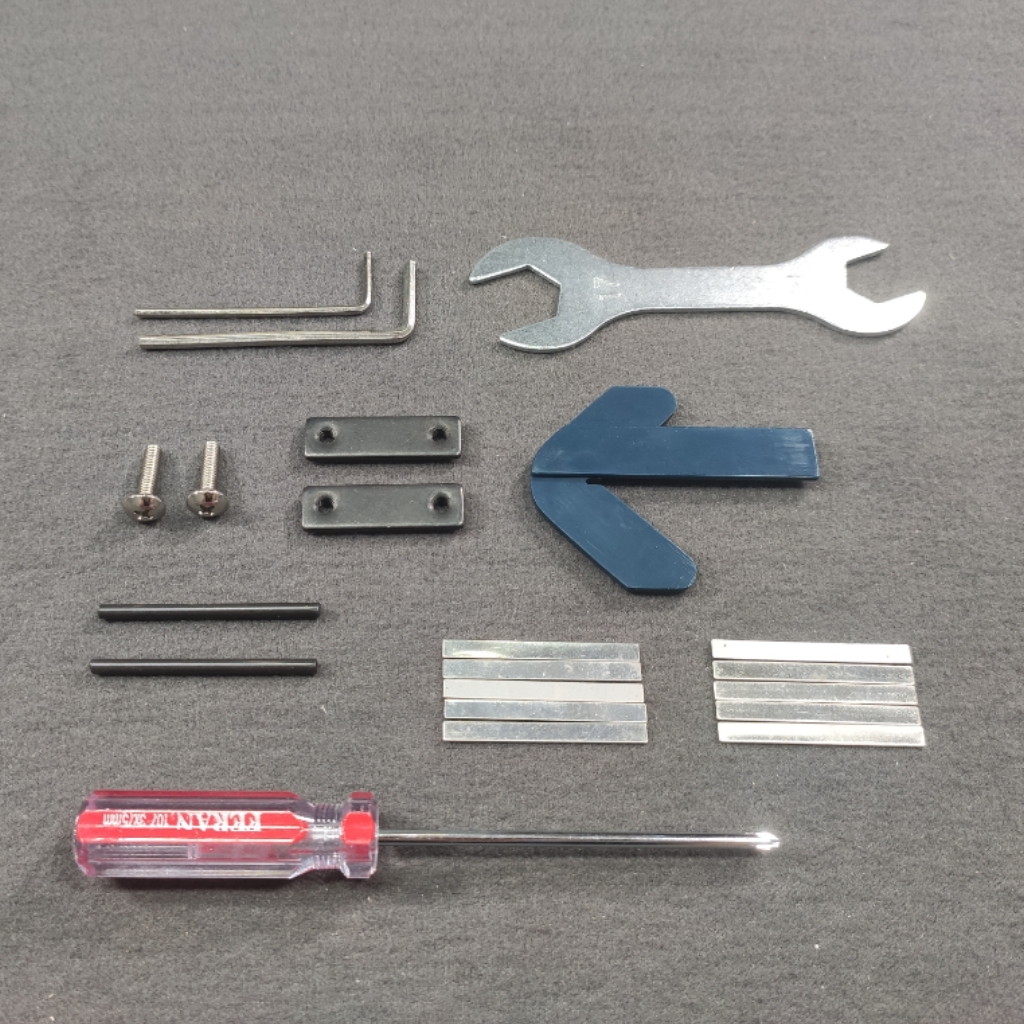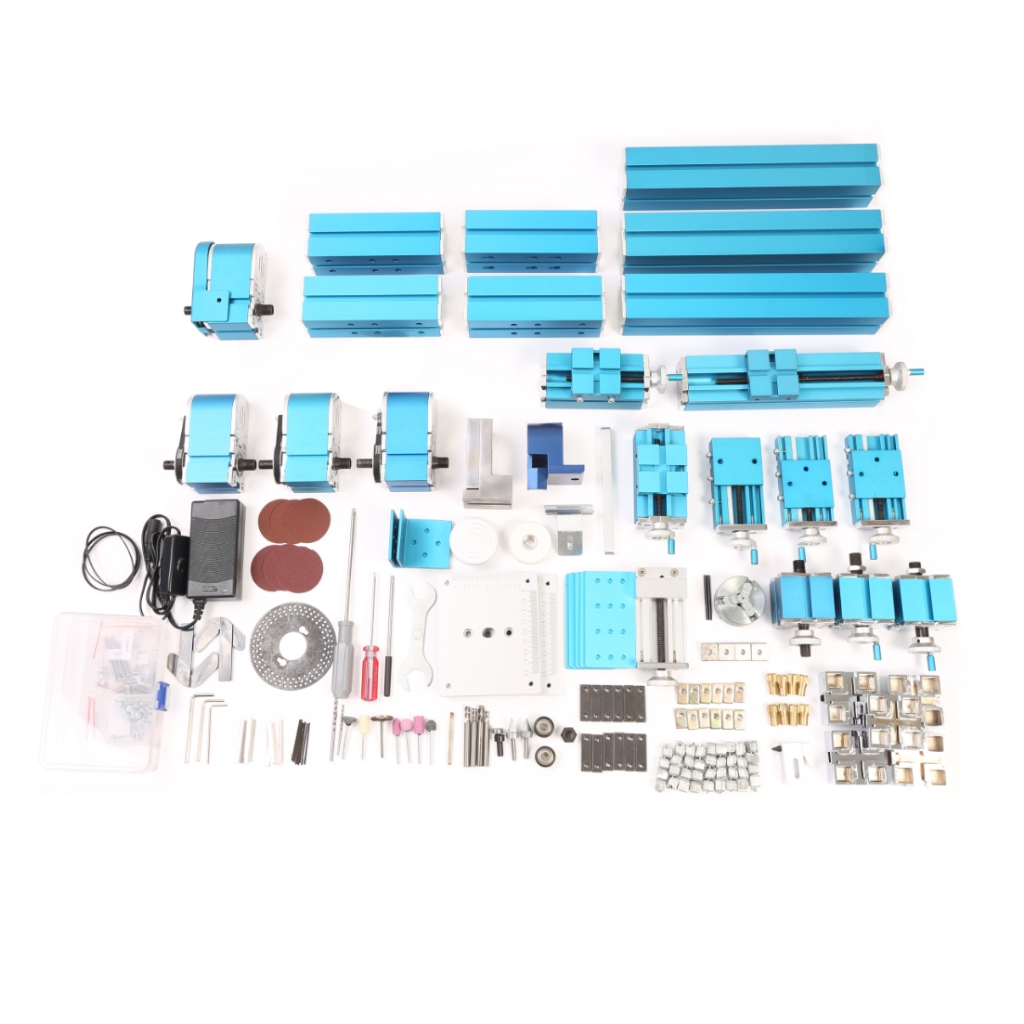Blog
Xendoll has 22 years of experience in the production of small machine tools. We will help you choose the suitable machine and share our experience in CNC machining with you.
 Jun 18, 2025
Jun 18, 2025

 836
836
In the symphony of metalworking, the lathe plays a lead role, and its most essential instrument is unquestionably the turning tool. While lathes utilize a fascinating array of cutting tools for specific tasks (drills, boring bars, parting tools, knurling wheels), the fundamental act of removing material from the outside diameter of a rotating workpiece – turning – relies primarily on the humble yet incredibly versatile turning tool. For mechanical distributors, educational institutions equipping workshops, and machining enthusiasts worldwide seeking reliable performance, understanding this workhorse is paramount. At Xendoll Tools, providing precision mini machine tools and accessories, we recognize the turning tool as the cornerstone of lathe operation.

I. The Anatomy of Dominance: Why Turning Tools Reign Supreme
The turning tool's status as the most common lathe tool isn't accidental; it stems from several inherent advantages:
Ubiquity of the Turning Operation: The vast majority of lathe work involves reducing the diameter of a cylindrical workpiece to achieve a desired size, shape, or finish. Whether creating simple shafts, intricate profiles, or facing operations (a subset of turning), this is the core function, making turning tools constantly in demand.
Versatility Through Design: Turning tools are not monolithic. They come in numerous configurations defined by their shape, material, and cutting edge geometry:
Tool Bit Shapes: Right-hand, Left-hand, Round nose, Threading, Facing, Boring (internal turning).
Tool Materials: High-Speed Steel (HSS - affordable, easy to sharpen, great for hobbyists and education), Carbide Inserts (superior hardness, heat resistance, longer life, ideal for production and harder materials, dominant in industry).
Geometry: Rake angles, clearance angles, and nose radius significantly impact cutting forces, surface finish, chip control, and tool life. Proper geometry is tailored to the workpiece material.
Essential Functions Performed: Beyond basic external diameter reduction (straight turning), turning tools handle:
Facing: Creating a flat surface perpendicular to the workpiece axis.
Taper Turning: Producing conical shapes.
Chamfering: Beveling edges.
Grooving/Cut-Off: Creating grooves or severing parts (though dedicated parting tools are often used for deep cuts/severing).
Profile Turning: Creating complex contours using shaped tool bits or CNC toolpaths.
Threading (External): Using specifically ground threading tool bits.
Holding Power: Turning tools are securely mounted in a tool holder, which is then clamped into the lathe's tool post (like a quick-change tool post for efficiency). This robust setup provides the rigidity needed for effective cutting forces.
II. Beyond the Turning Tool: Supporting Cast Members
While turning tools are the stars, a well-equipped lathe benefits from specialized tools for specific jobs, highlighting the turning tool's primary but not exclusive role:
Drilling Tools (Drill Bits & Centers): Used for creating axial holes. Often held in the tailstock or a drill chuck mounted in the headstock spindle. Essential but distinct from material removal via workpiece rotation against a stationary tool.
Boring Bars: Extend the internal turning capability. They hold small turning tool bits or inserts to enlarge or finish pre-drilled holes accurately. Essentially a specialized extension for internal turning operations.
Parting (Cut-Off) Tools: Thin, blade-like tools designed specifically for cutting workpieces off from the stock material. While technically performing a form of turning, their specialized geometry and high risk of breakage make them a distinct category often purchased separately.
Knurling Tools: Used to create patterned grips on handles or fittings by rolling, not cutting, displacing the metal surface. A forming operation, not a cutting one.
Threading Tools (Internal): Small boring-bar-like tools or taps used for cutting internal threads. Complement external threading done with turning tools.
III. Selecting the Right Turning Tool: Key Considerations
Choosing the optimal turning tool depends on several factors critical for distributors, educators, and users to understand:
Workpiece Material: Aluminum, mild steel, stainless steel, brass, plastic? Each requires different tool materials (HSS vs. Carbide) and specific cutting edge geometries (rake angles, coatings) for efficient cutting and good finish.
Operation Type: Roughing (aggressive material removal) requires robust tools, perhaps with chip breakers. Finishing demands sharp edges and precise geometry for a smooth surface. Threading requires a perfectly formed point.
Lathe Size & Power (Crucial for Mini Lathes): Smaller benchtop lathes like many Xendoll models have lower power and rigidity. They excel with High-Speed Steel (HSS) tool bits which are easier to sharpen to optimal geometries for light cuts and softer materials, and are more forgiving of minor vibration. Carbide inserts require higher rigidity and speeds to perform optimally, which may push the limits of very small lathes. Tool holder size must also match the lathe's tool post capacity.
Budget & Sharpening Capability: HSS tools are cheaper initially but require sharpening skills and equipment (bench grinder). Carbide insert tools have a higher upfront cost (tool holder + inserts) but inserts are simply replaced when worn. Sharpening carbide requires specialized equipment.

Conclusion: The Essential Workhorse for Every Lathe
For distributors sourcing equipment, educators teaching foundational machining skills, or hobbyists crafting their next project, the turning tool stands as the fundamental and most frequently employed cutting tool on any lathe. Its unmatched versatility in performing the core operation of shaping rotating workpieces, combined with its adaptability through various geometries and materials, solidifies its dominance. While specialized tools like drills, boring bars, and parting tools are indispensable for a complete workshop, the turning tool is the one you'll reach for most often.
Understanding the types of turning tools (HSS vs. Carbide, various shapes), their geometries, and how to select the right one for the material and lathe capability – especially the power and rigidity constraints of benchtop/mini lathes – is key to successful and efficient machining. At Xendoll Tools (xendolltools.com), we provide not only precision mini lathes designed for enthusiasts, educational settings, and small workshops but also a range of essential cutting tools and accessories, including robust HSS tool bit sets perfect for getting started and mastering the art of turning. Explore our collection to equip your lathe with its most vital partner – the turning tool.



 Show all our samples
Show all our samples
 Provide you with a free quote
Provide you with a free quote
 Answer all the questions you may have
Answer all the questions you may have
 Guided installation and other options
Guided installation and other options